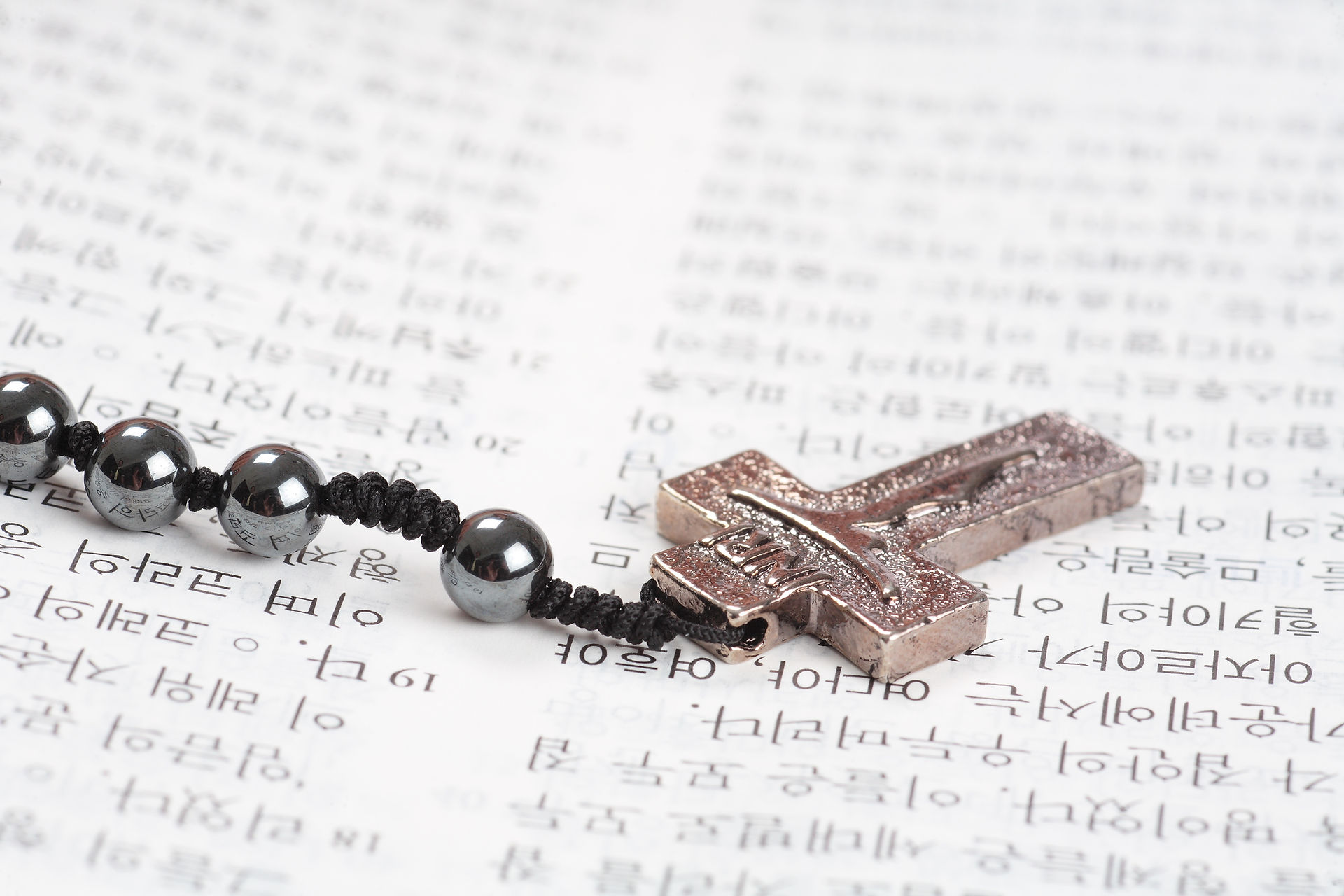
Lent and Easter
Presanctified Liturgy
During the Great Fast the Byzantine Church celebrates the Presanctified Liturgy on Wednesdays and Fridays. During the weekdays for the Fast (Monday to Friday) the Divine Liturgy was not celebrated because of its joyful and festive nature, rather the people fasted from this type of celebration. However, the faithful needed to be strengthened by the Eucharistic Christ. They needed to know that He is with them as they struggled with the journey of Lent. So, the Church offers the faithful a Communion Service – the Presanctified Liturgy.
As the name suggests, the gifts of bread and wine have been consecrated into the Body and Blood of our Lord at a previous Liturgy. They are then reserved to be given to the faithful at this Liturgy. The Presanctified Liturgy takes place in the context of Vespers.
The first part is a regular Vesper service. During the reading of the Kathisma (Psalms) the Sacred Gifts are transferred to the Proskomedia table. After “Joyful Light” we hear readings from the Old Testament, from the books of Genesis and Proverbs – the story of God’s creation and choosing His people and ancient saying of wisdom. The first part is concluded with a blessing with light. The light is symbolic of Christ who dispels the darkness we experience in our life as we reflect on our sinfulness during this time of Lent. We conclude this by making three profound bows.
The second part of the Service is the great incensing. It consists of a solemn incensing of the altar together with fervent prayer while we kneel. We pray to be made worthy of receiving the Body and Blood of the Lord. The rising incense reminds us of our prayer that rises to the throne of the King, our Lord. This part is also concluded by three profound bows.
The third part begins with the transfer of the Sacred Gifts – a Great Entrance. This is a very solemn entrance which we greet on our knees, for what is being carried in not bread and wine which are to be consecrated, but it is the Lord Himself who comes as food for all to bring us eternal life. The Sacred Gifts are carried in silence. As the Sacred Gifts are placed on-die altar, we acknowledge, the Presence of the Lord by three profound bows. Then follows the communion Service as it is found in the Divine Liturgy. During it the faithful receive the Body and Blood of our Lord for the strengthening of their spirit. We sing “Taste and see how good the Lord is.”
The Presanctified Liturgy gives us a profound sense of the great reverence that is due to our Lord, We join all the saints who are around the throne of our Lord m the Kingdom of God, falling down before Him and giving Him glory.
Great and Holy Friday
At the divine services of Great and Holy Friday, the Church venerates the Shroud (in Ukrainian, plashchanytsia) as a sign of Christ’s death. The service of Jerusalem Matins (Matins of Holy Saturday) takes place before the Shroud. The hymnography mourns the One who has died in the hope of the coming Resurrection: “Weep not for me, O Mother … for I shall rise.” During the Paschal Midnight Office, the Shroud is transferred from the tomb of the Lord to the holy Altar. The faithful leave the church with lit candles and process three times around the church. Before the doors of the church, to the sound of the Paschal Troparion, “Christ is risen from the dead, trampling death by death, and to those in the tombs giving life,” the priest opens the doors of the church knocking with his hand-cross. The faithful enter the church, glorifying the Risen Christ, and like the myrrh-bearing women of the Paschal morning—the first witnesses of the Resurrection—they bring the good news of the Resurrection to the whole world: “This is the day of Resurrection! Let us be illumined by the feast! Let us embrace each other. Let us call brothers and sisters even those that hate us, and forgive all by the Resurrection, and so let us cry: Christ is risen!